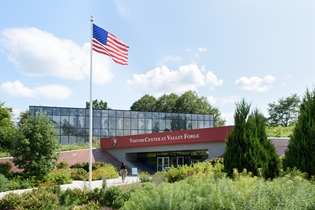Defensive Driving
Defensive Driving
Everybody shares and uses roads together. It is the responsibility of all road users to be safe drivers and avoid accidents. Defensive driving entails making safe and legal driving decisions to drive safely and avoid accidents that could affect your safety and that of other drivers. Knowing how to drive defensively can save time and money. It involves practicing courtesy and cooperating with others to avoid hazardous driving conditions (i.e. driving slower in bad weather, being patient with other drivers, and not driving above speed limit).
- Defensive Driving Practices:
- Obey traffic rules, right-of-way, signaling, stop signs, and yielding.
- Be well rested before driving, especially if you must drive long distances.
- Always use a seat belt.
- Do not take other drivers’ actions personally.
- Reduce you stress by planning your route ahead.
- Be patient and courteous towards other drivers.
- Be aware of other drivers on the road.
- Keep a safe distance between you and the vehicle ahead of you.
- Respect other drivers on the road.
- Do not over react to aggressive drivers.
- Check outside, inside, and under the vehicle to make sure all parts are properly maintained.
- Do not text or talk on the cell phone when driving.
- Reduce your speed in work zones or school zones.
- Know the speed limit, and adjust your speed based on the road conditions.
- Increase speed limit if passing other vehicles – use turn signals.
- Remember, impulsive behavior and careless driving can cause dangerous accidents.






































